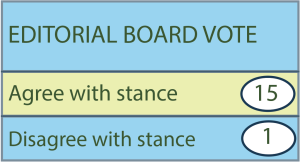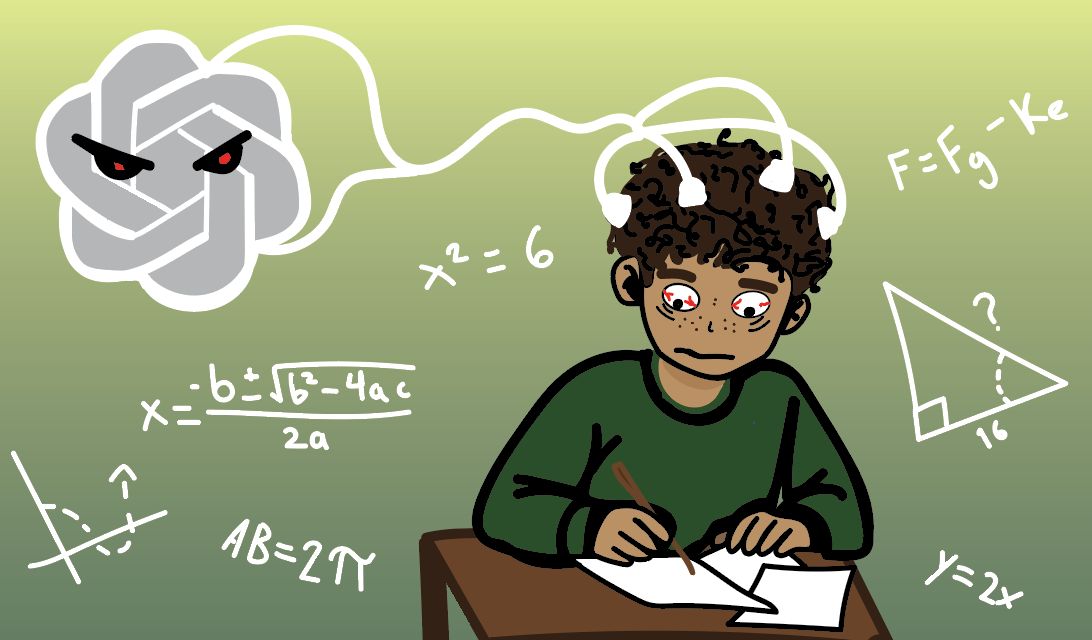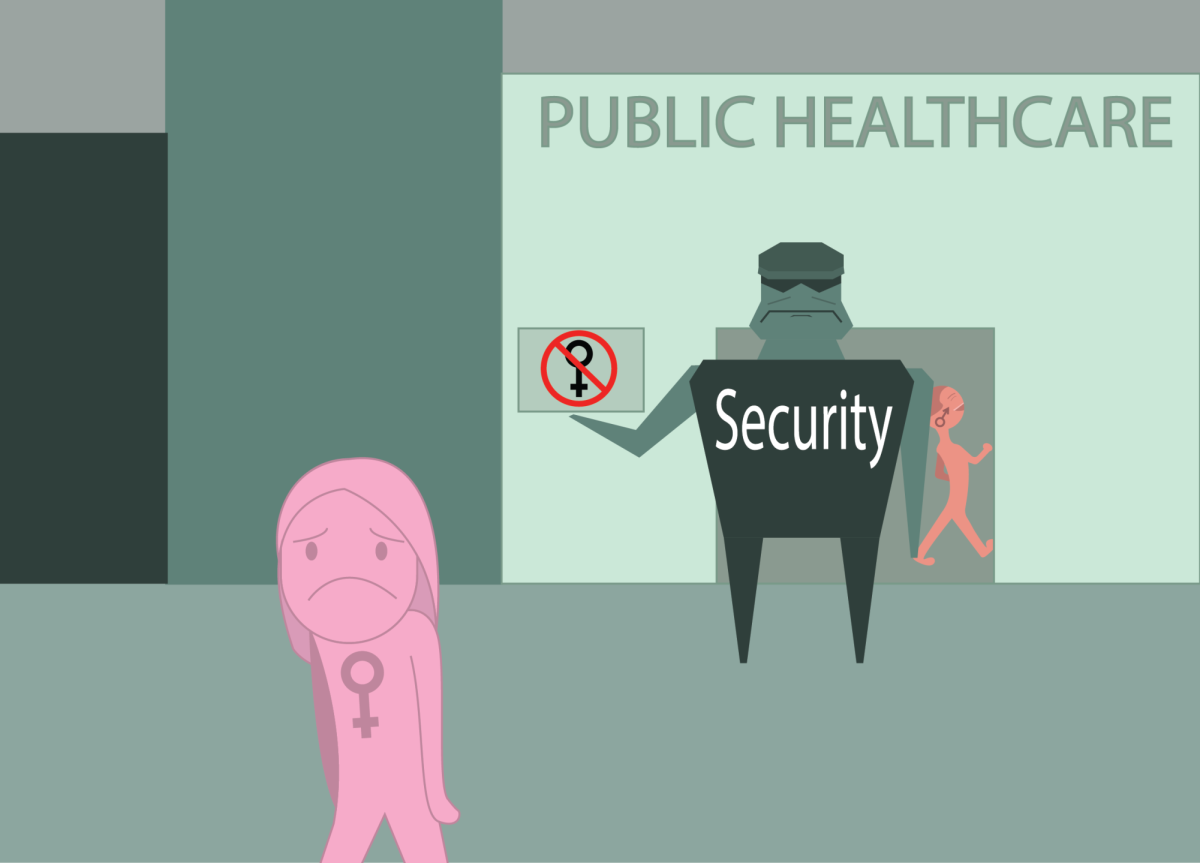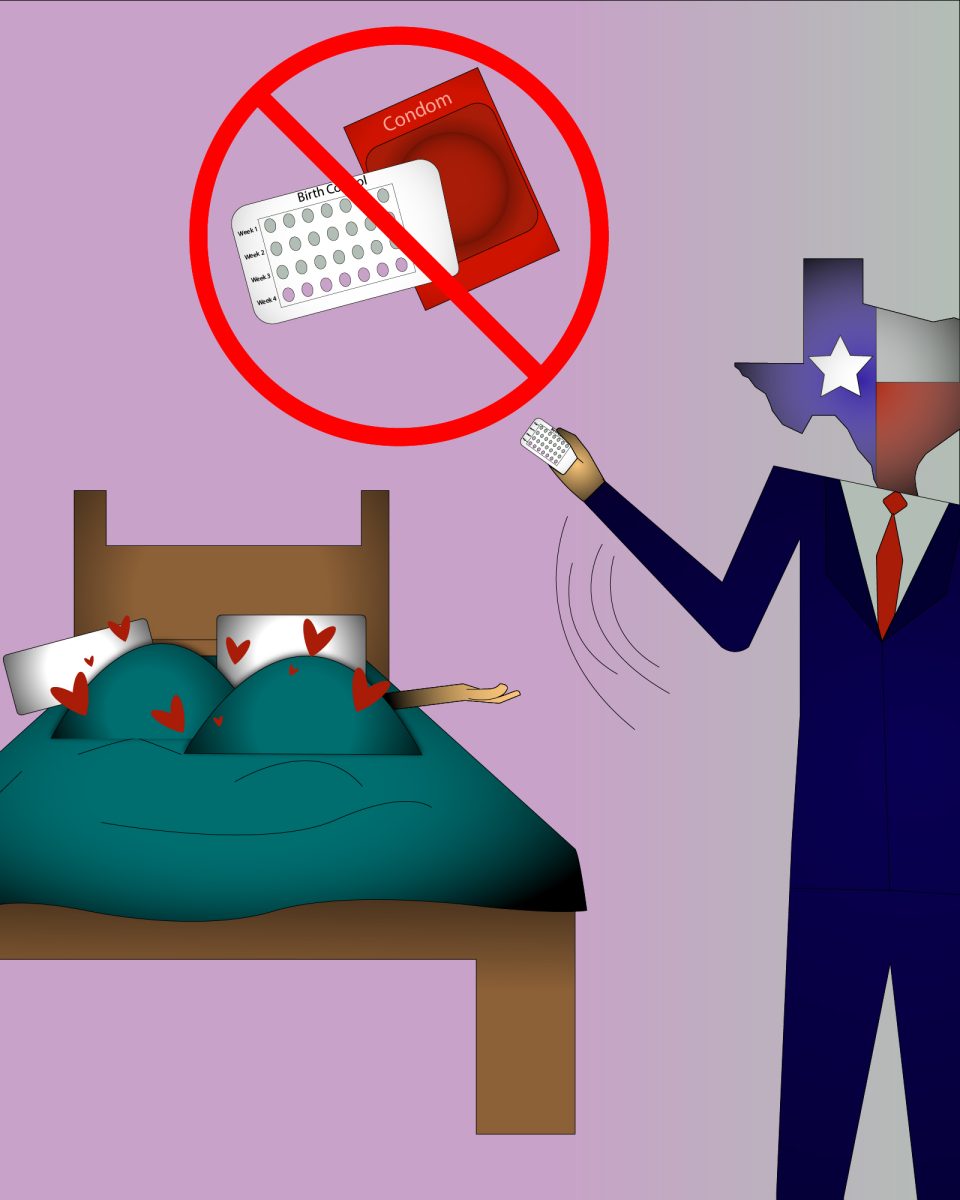Texas students shove their phones into their backpacks, pockets, or waistbands as they walk into school, in hopes that teachers and administration don’t see them. They don’t want their devices to get taken due to the new law prohibiting personal technology on school campuses.
Texas House Bill 1481 took effect statewide on September 1. This new legislation prohibits all personal technology in Texas schools during instructional hours. This includes cell phones, non school-issued computers, tablets, smartwatches, or any other personal device capable of digital communication. All school districts were required by law to have a policy in place regarding this new ban by September 18.
Lawmakers proposed the idea with the intent to help students remain focused and engaged during the school day. The idea was that if students didn’t have access to social media, streaming services, and text messaging, they would become more engaged with their environment and productivity would increase. There was also a hope that cyberbullying and negative mental health would decrease because of the ban.
While the law was created with good intentions, there are some important things that clearly didn’t go into consideration when creating it. The ban on personal technology has created some significant problems that need to be ironed about before Texas students can embrace the new policy.
Digital communication during school hours was one of the biggest things Texas lawmakers were trying to stop, but because the law is so absolute, students, parents, and staff have run into some unexpected issues. Students can no longer text their parents or coaches during the day, no matter the circumstance. Because of this, students have gotten their phones taken by staff while trying to secure a ride home or find out what time the bus is coming for their game later that day. It is easy to get upset with the school administration, but it is not their fault; the law is the law, and they don’t get to choose how much it should be enforced.
School staff have also had to adjust to the new rules, which has been more than just taking up students’ phones. Teachers have had to modify their lesson plans to not include any kind of personal technology. They can no longer ask students to take a quick picture of the board or scan a QR code connected to their lesson. Coaches can also no longer expect their athletes to fill out forms or respond to their announcements in a timely manner.
According to the Texas Education Agency (TEA), Texas school districts received $20 million in state grant funding to help them enforce their policies on personal devices. This funding has gone to things like phone pouches or other storage solutions for phones. For example, some school districts, like Dallas ISD and Abilene ISD, have purchased Yondr phone pouches for students to use during the day.
This money should be going to newer school-issued devices instead. Some students that have been forced to give up their personal computers and dust off the old school-issued computers have been struggling to get their work done because their old devices can no longer keep up. Missing keys, sticky track pads, weak battery life, and lagging browsers are slowing students down, and some schools don’t have the money to replace the out of date technology. The old computers students have to use cancel out the productivity lawmakers were hoping to generate in the first place by banning personal devices.
Many students that used personal computers or tablets for their classes are now having to find workarounds to make up for their loss of resources. School Chromebooks can’t run specific software applications needed for elective classes, like Adobe products, so students can’t complete their work during instructional hours unless they are sitting at a desktop. Also, many AP and dual credit classes require students to submit photos and videos of their work. Students used to take these on their phones, but now they have to use their Chromebooks that take very low quality images and videos. This makes it difficult for teachers to read students’ work.
The concerns about productivity, cyberbullying, and mental health driving this new law are valid concerns. With that though, because the law is so black and white, students have yet to feel the positive effects that should be coming with the new rules. Students are frustrated and angry with their slow computers, and they are anxious that their phones are going to get taken before they can text their parents about something urgent.
The new law prohibiting personal technology in Texas schools isn’t crazy, it just needs more flexibility. It should have exceptions for certain classes or emergencies, and schools should have a grace period for students and parents while figuring out how to adjust to the new rules. Taking away a big part of life is bound to create problems, so the state needs to be patient with students while they figure out how to be without the technology they have had unlimited access to up until this point.















